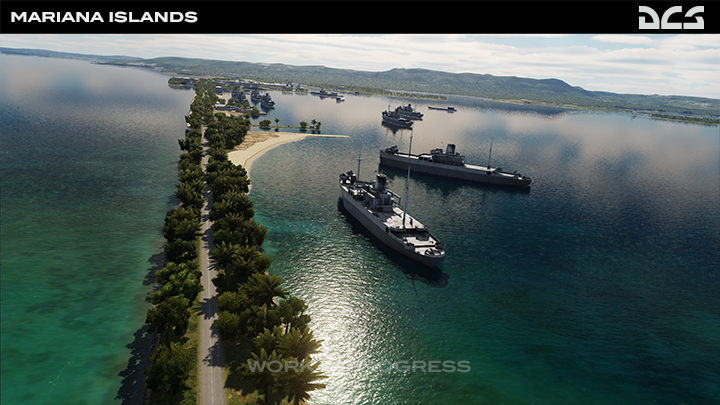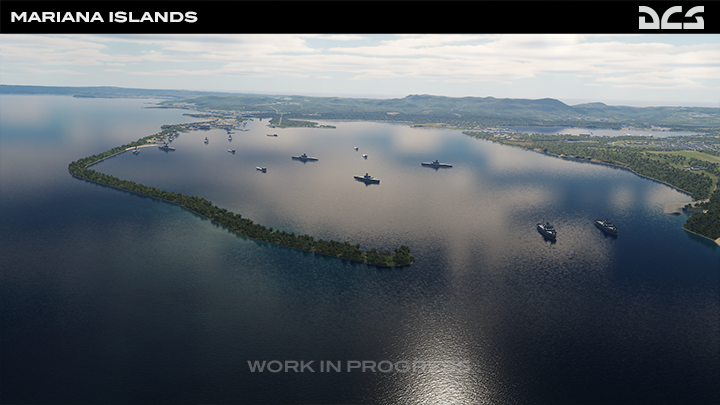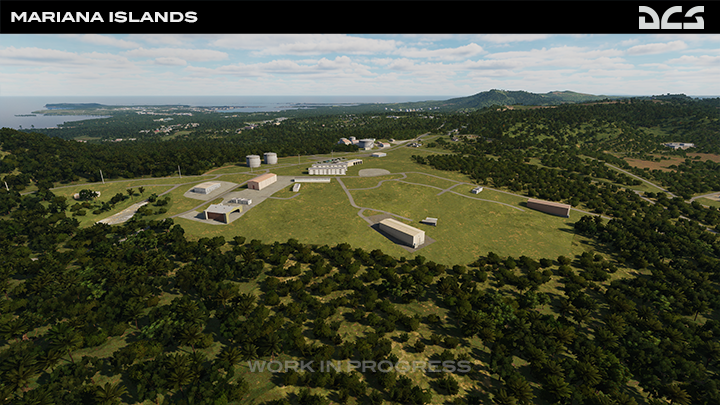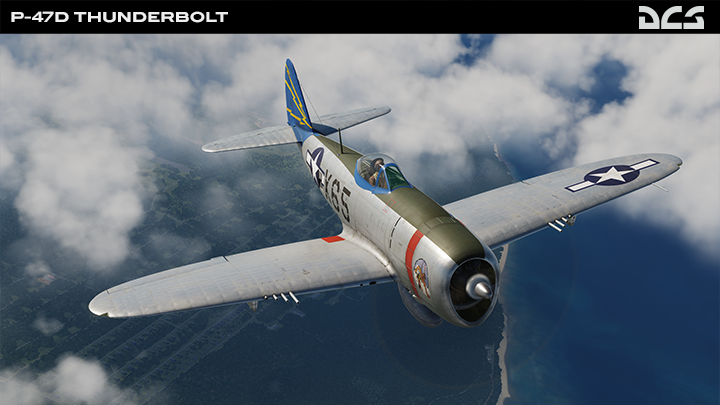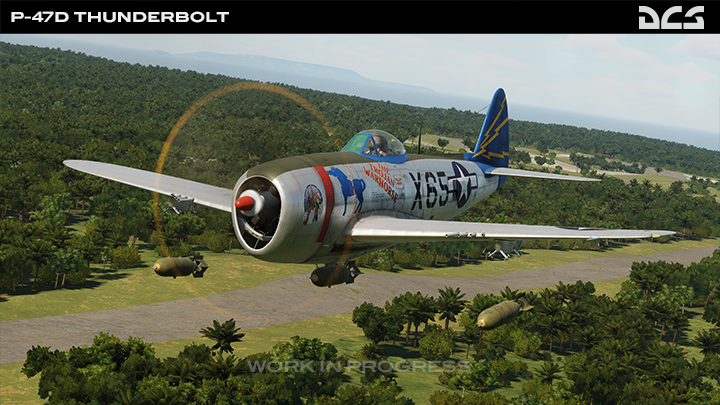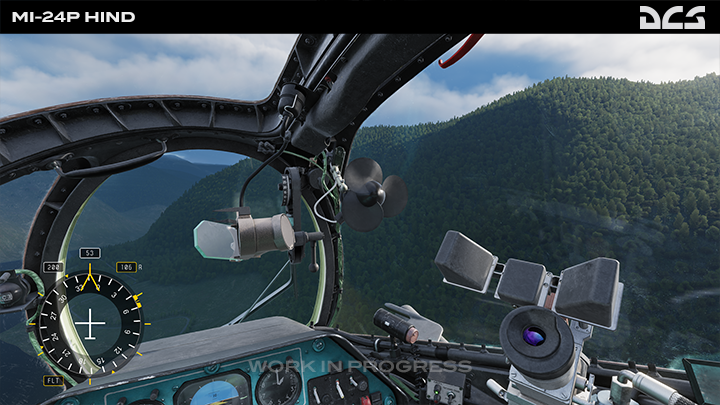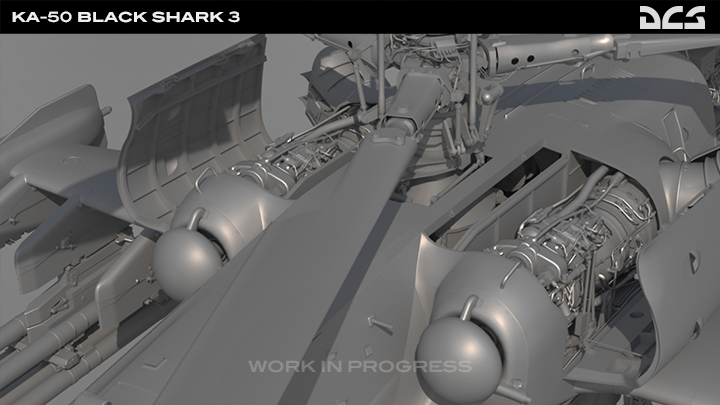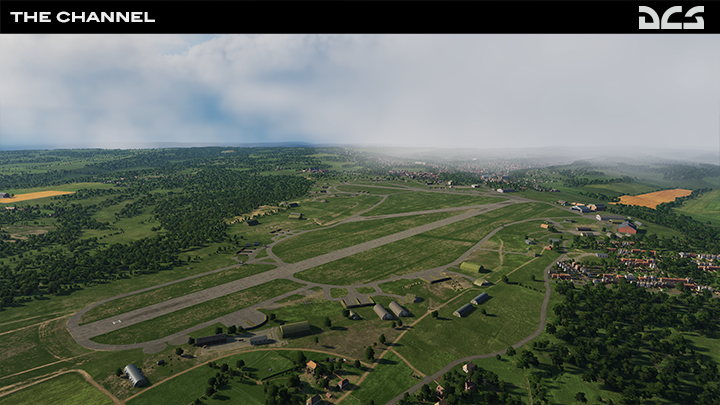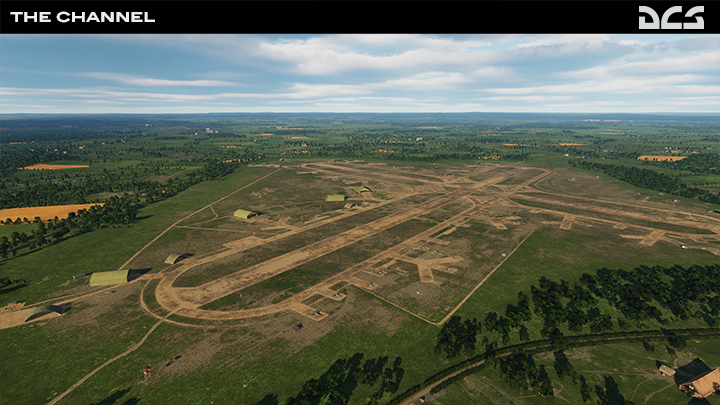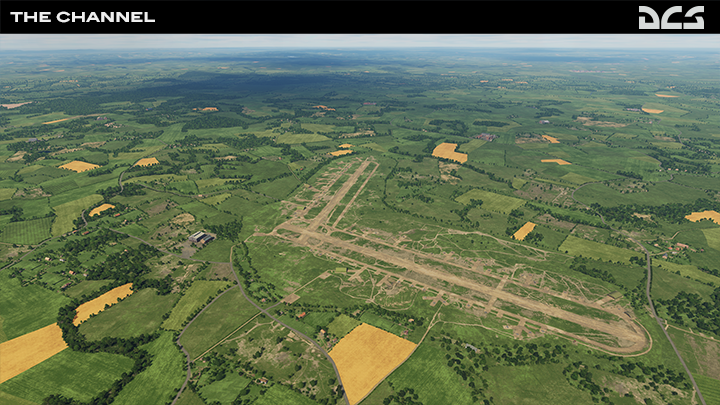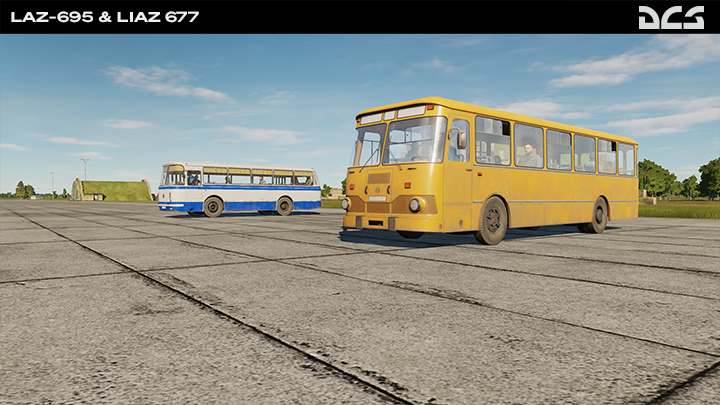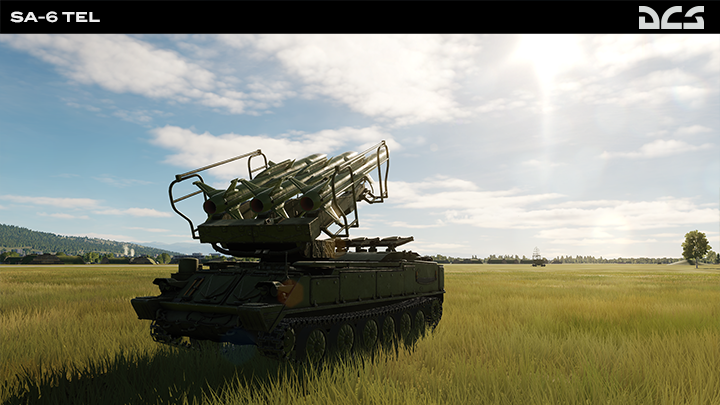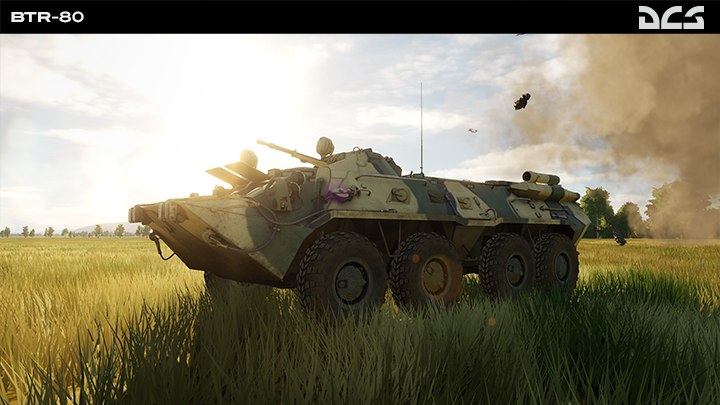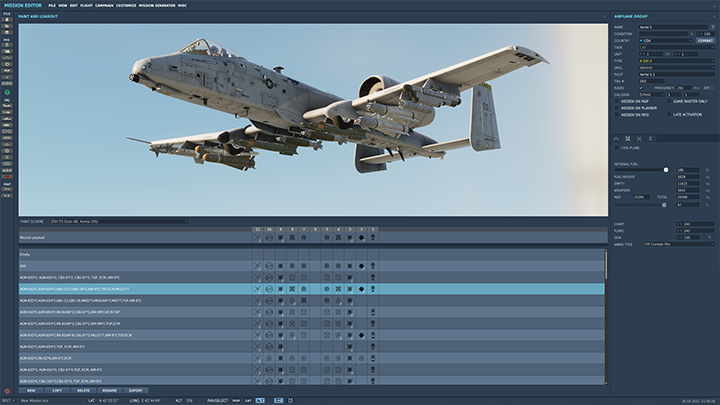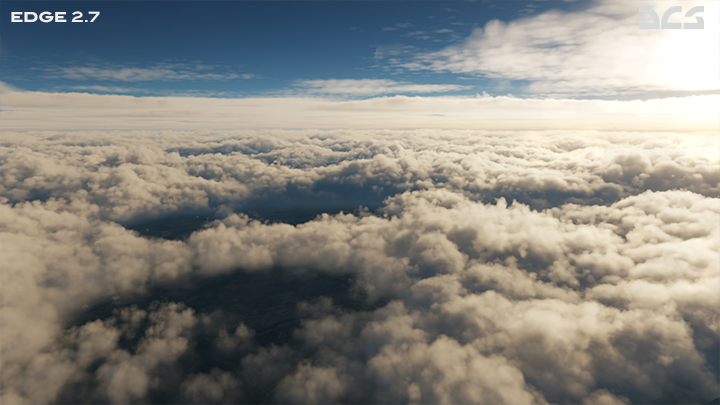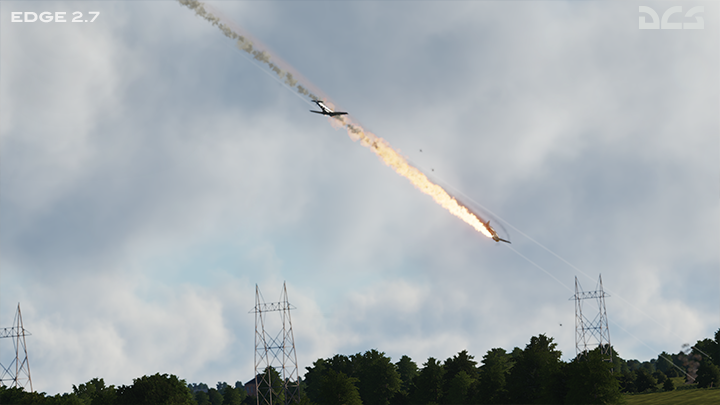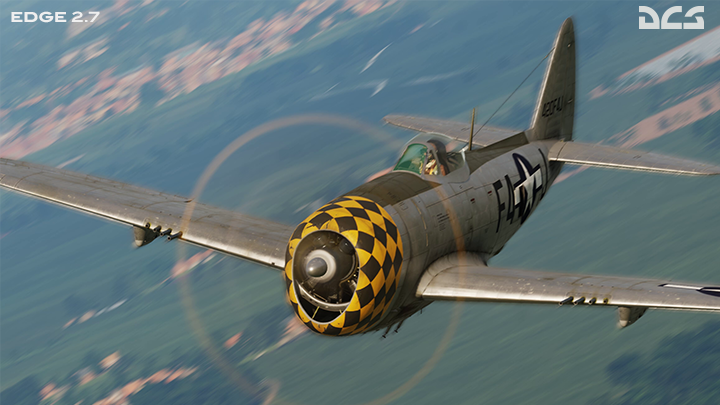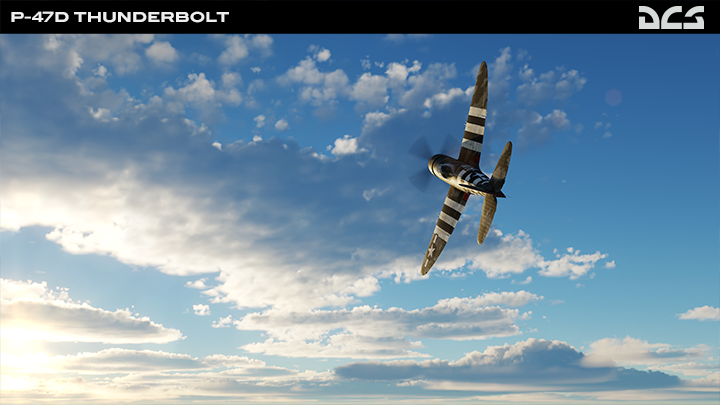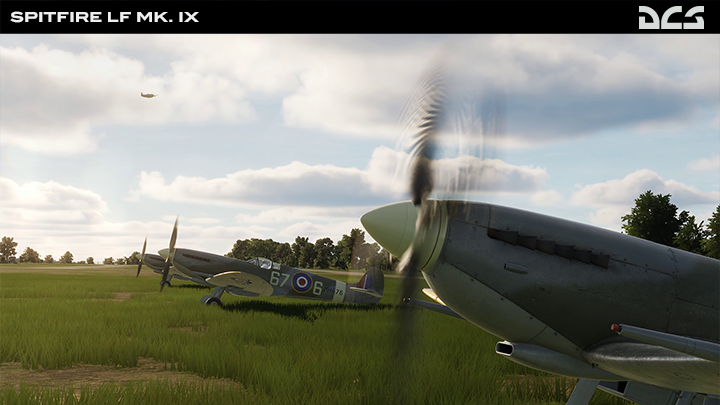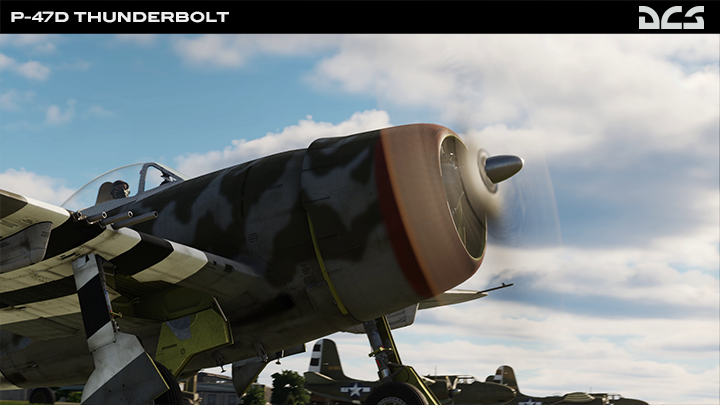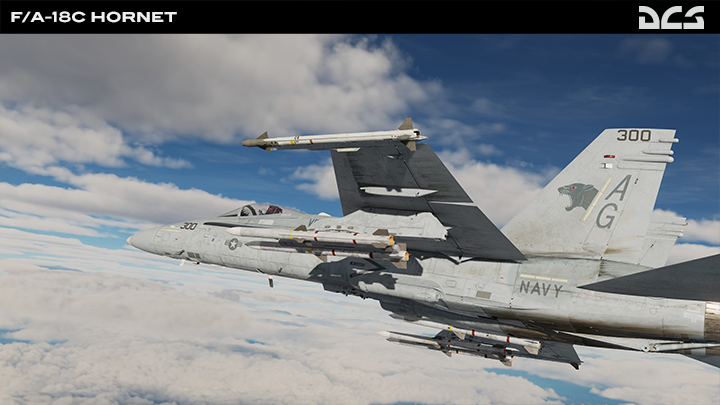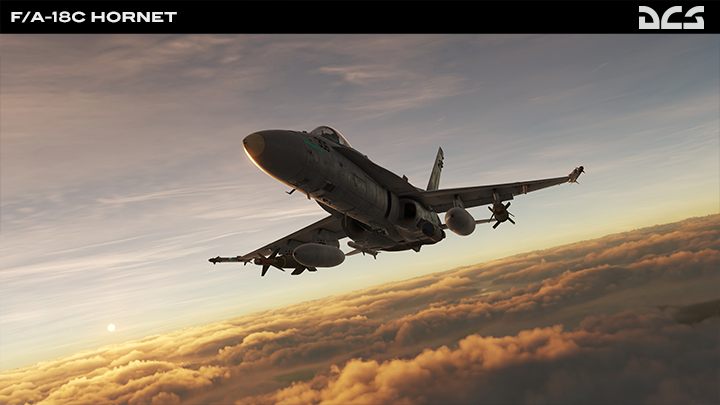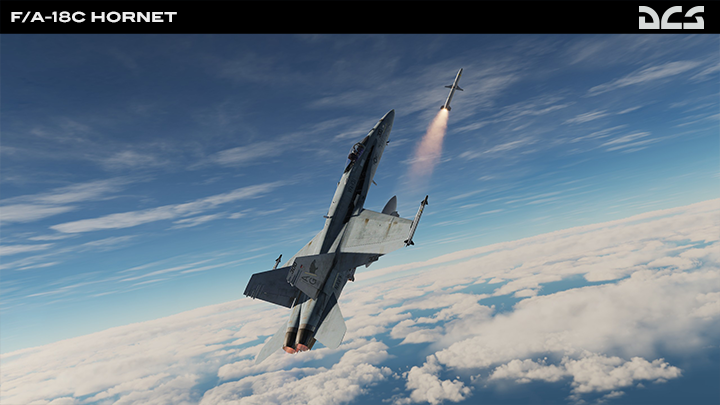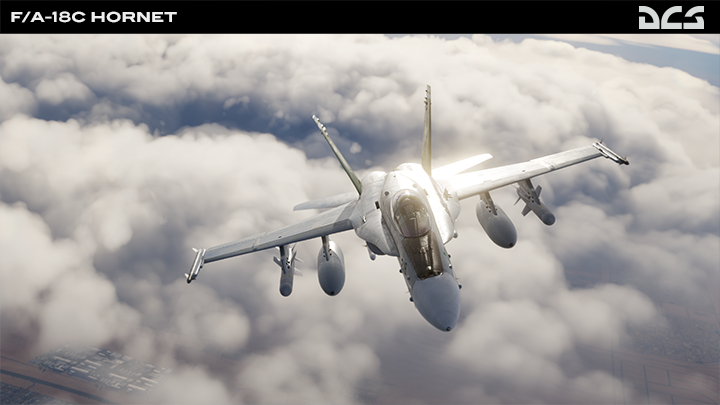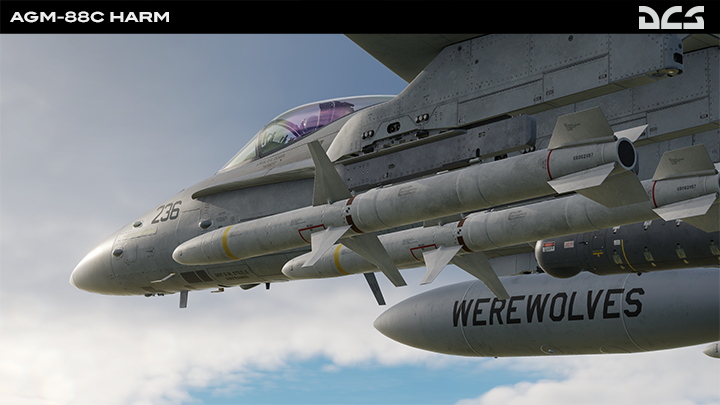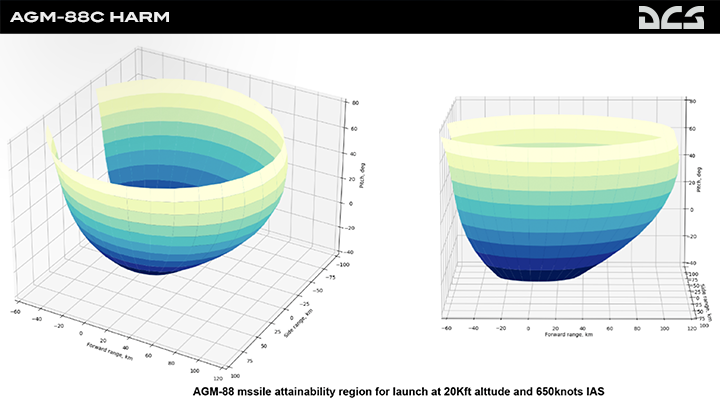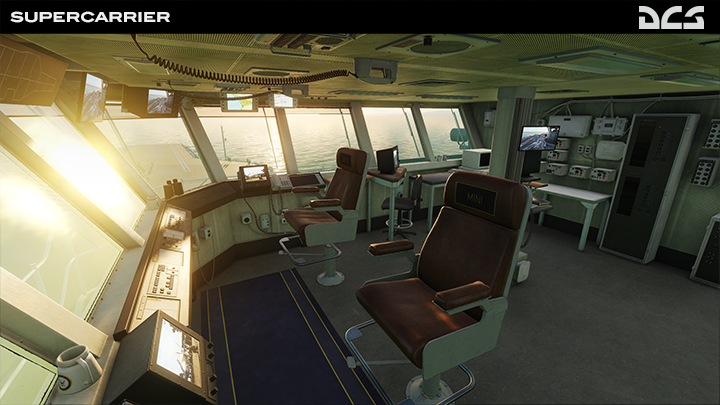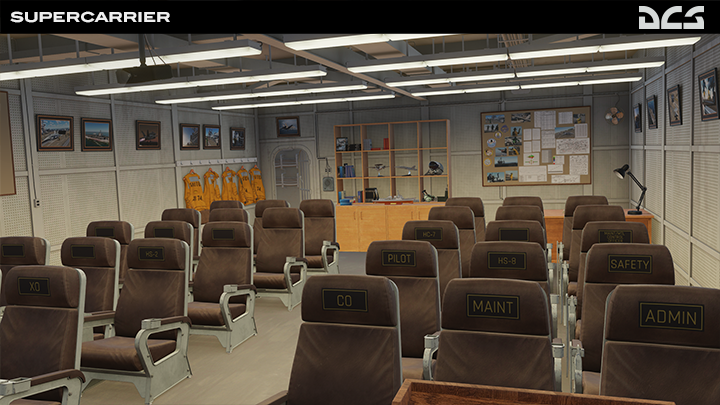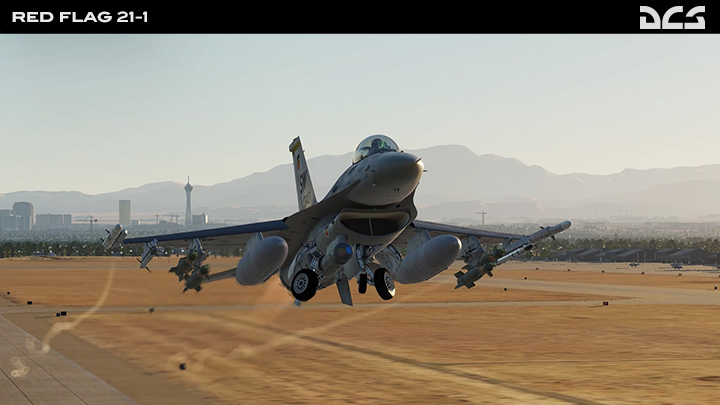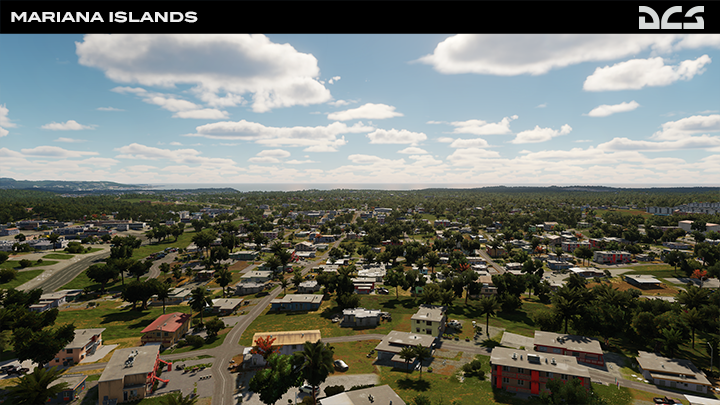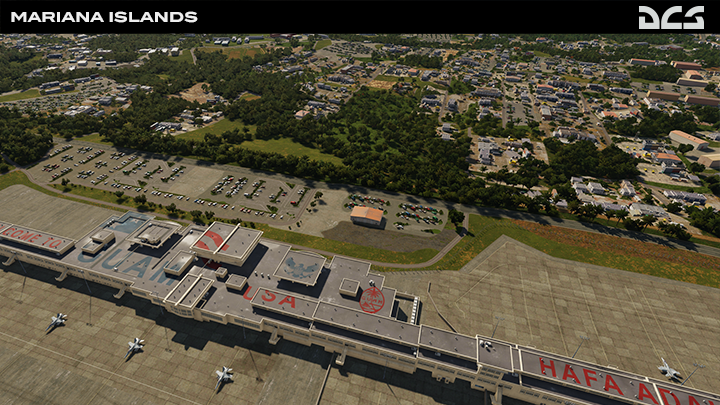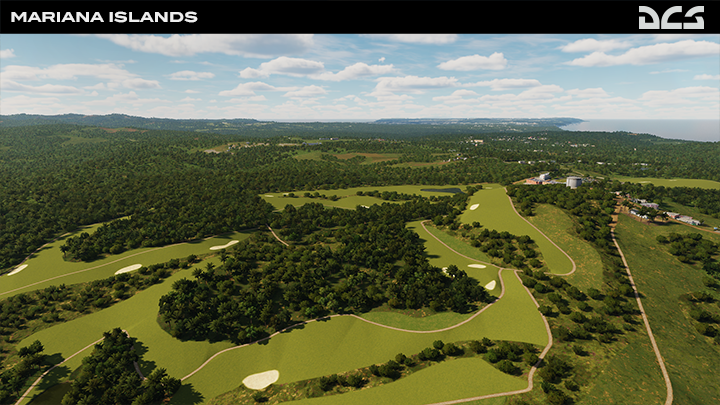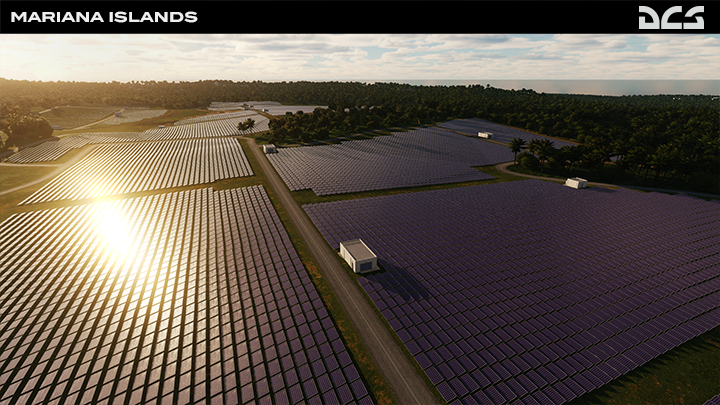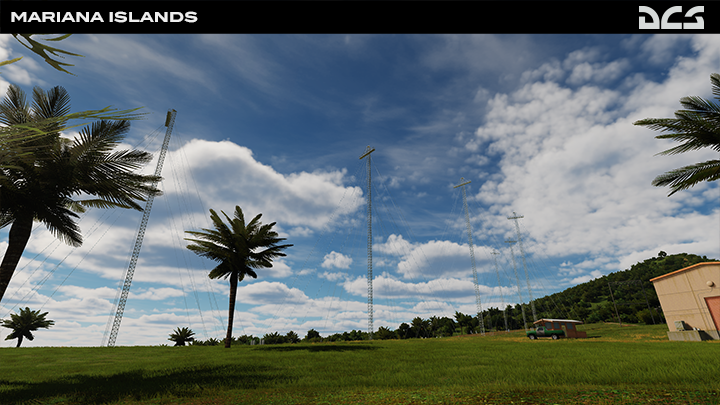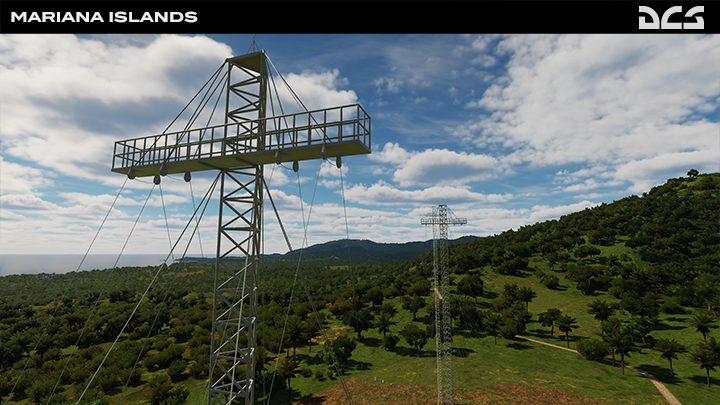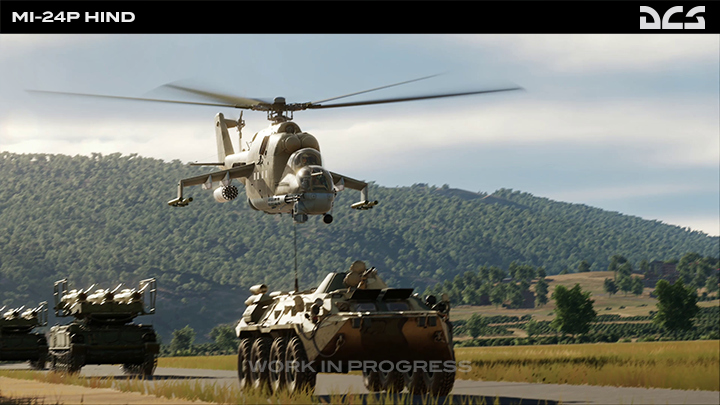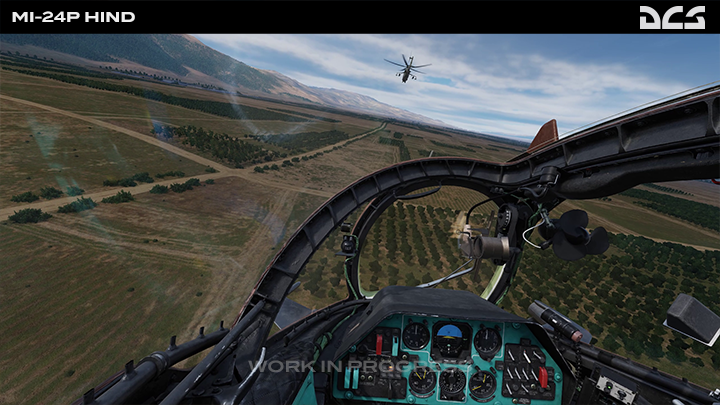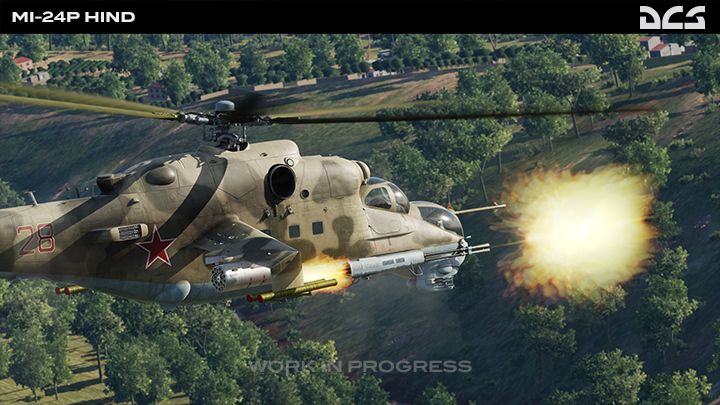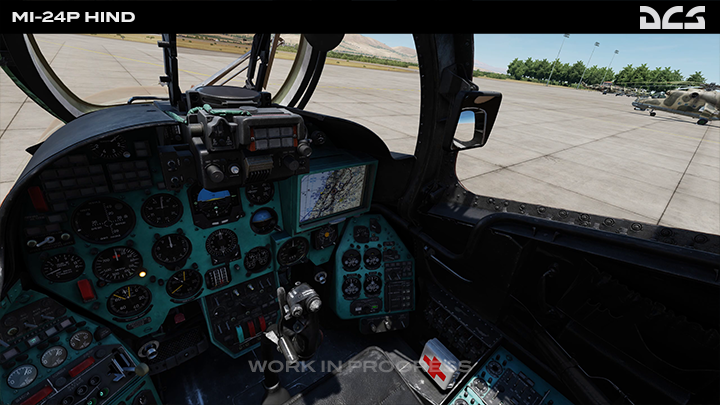
May 14, 2021
DCS World Steam Edition - OBWKB
Mariana Islands
Open Beta release coming soon
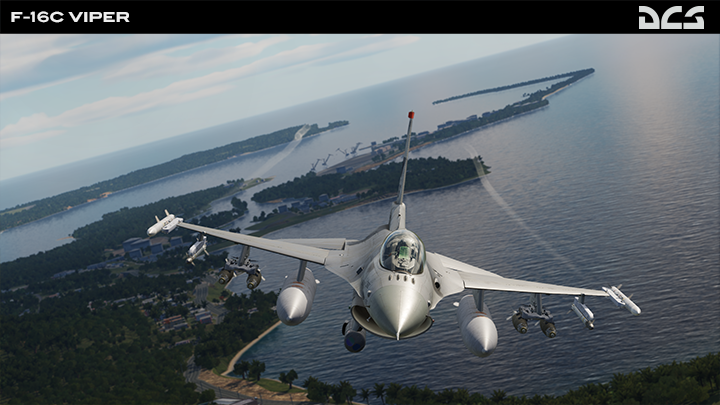
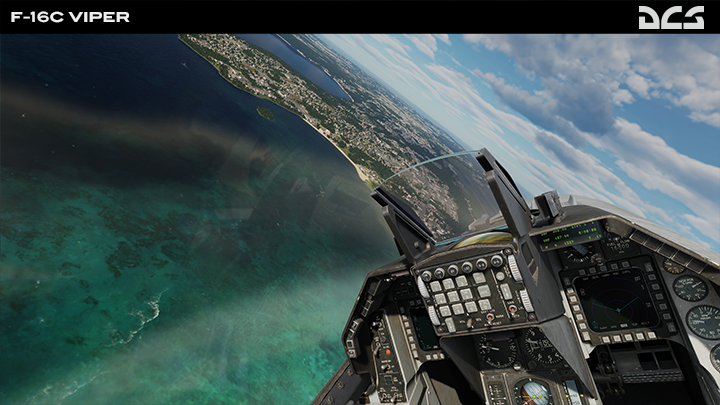
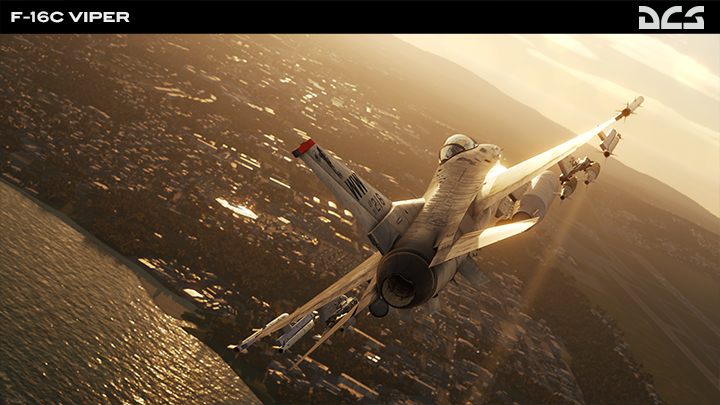
It is with great excitement to inform you that DCS: Mariana Islands is getting close to an Open Beta release.
Ka-50 Black Shark 3
Development Report
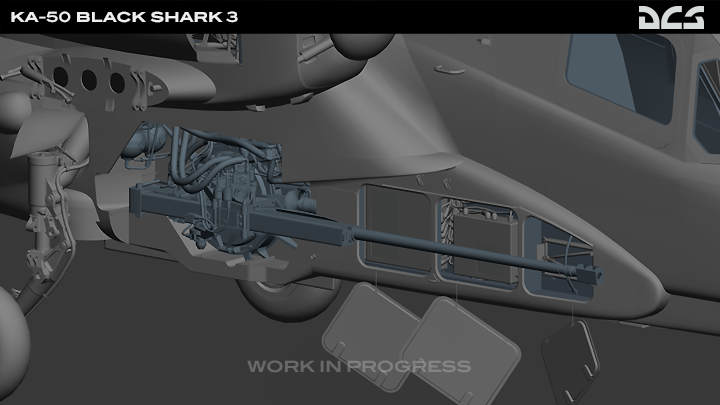
We would like to share our progress on DCS: Ka-50 Black Shark 3. As you can see the 2A42 30mm cannon model is undergoing a substantial update and when completed will boast a new algorithm, soundscape, and enhanced animations. We look forward to sharing more information with you soon.
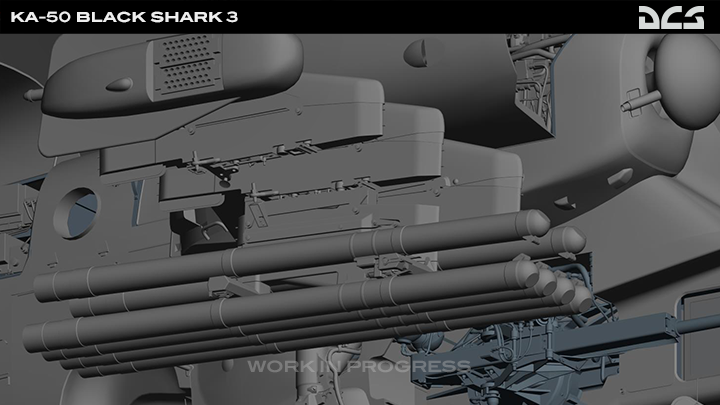
Two new pylons for Air-To-Air missiles that have been added to the wingtips. This brings the total number of hardpoints to six.
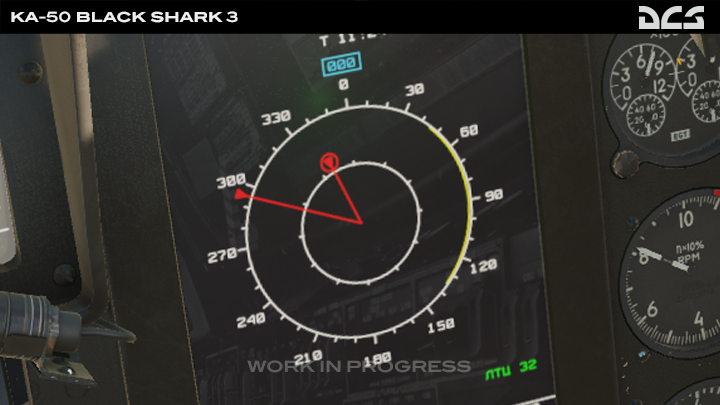
The ABRIS
We are currently finalising development of the Abris Missile Warning System, and as seen in the above image in which two missiles are detected. The closer threat is considered the dangerous one, and it is marked with a flashing circle.
Virpil Controls
New hardware coming
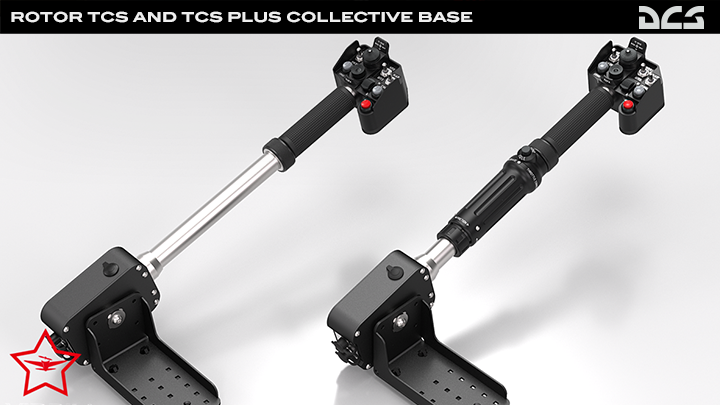
“Helicopter pilots both new and old can rejoice as the VPC Rotor TCS Base, VPC Rotor TCS Plus Base and VPC SharKa-50 Grip are now waiting to get into VPCockpits around the world and start a new era of helicopter sim piloting. Happy Flying!” - VIRPIL Controls Team
VPC Rotor TCS and Rotor TCS Plus Collective Base
At the core of the collective controller lineup is the VPC Rotor TCS and Rotor TCS Plus collective bases. These bases feature a metal cam-based mechanism with adjustable clutch. Included are 3 swappable cams to limit the travel of the collective, and a clutch system which can be adjusted on the fly to suit any pilot!
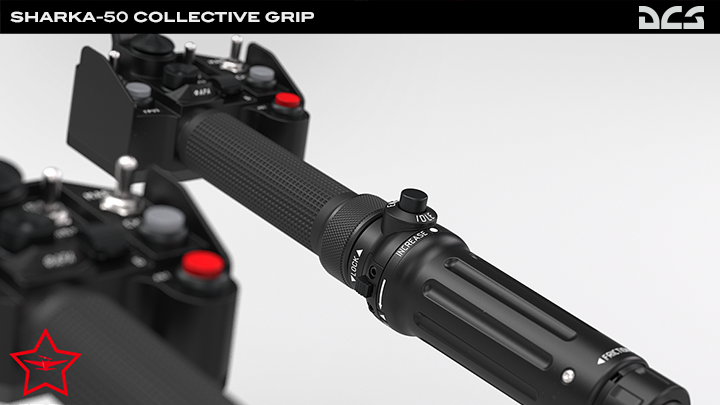
The VPC Rotor TCS Plus adds an additional twist throttle axis which features an idle detent stop, engine idle bypass button and idle restrictor switch.
VPC SharKa-50 Collective Grip
The first collective grip in the lineup is the VPC SharKa-50. This grip is inspired by the collective controls found on the venerable Ka-50 “Black Shark” helicopter. With this, the aim is to mimic the feeling of a real collective grip in your hands!
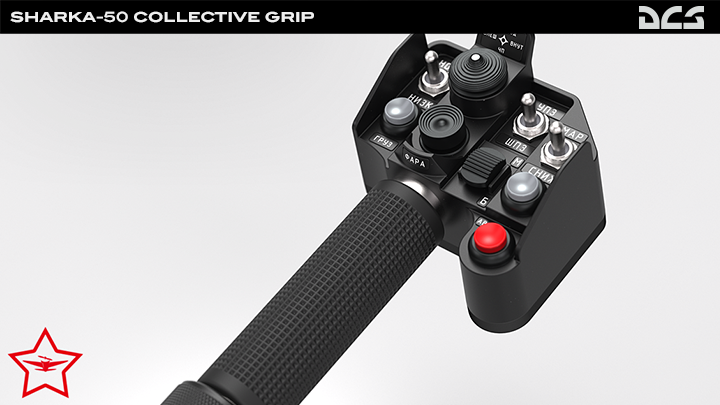
Featuring a metal handle with rubberised grip, you can immediately feel this means business! The grip is equipped with a wide range of inputs to satisfy any helicopter pilot:
- 2 x 8-way Hats (+ Push)
- 1 x 2-way Switch (+ Push)
- 3 x 3-way Toggles (ON-OFF-ON)
- 3 x Push Buttons
VPC Collective Chair Mount Adapter
Collective controls pose an interesting challenge as due to their unique nature it can prove difficult to conveniently mount them in a number of setups. The design team has worked to create an accessible controller setup for anyone wishing to jump into the exciting world of helicopter piloting.
With the Collective Chair Mount Adapter, you can mount the VPC Rotor TCS Bases to a range of standard office chair setups.
Keep your eyes on the VIRPIL Controls official channels for full details on release and pre-ordering information later this week.
https://forum.virpil.com/index.php?/forum/17-news-announcements/
Thank you again for your passion and support,
Yours sincerely,
Eagle Dynamics Team





